Interest in smaller, quieter gaming machines has steadily bloomed in recent years. Ongoing industry improvements in efficiency and design has fueled this movement, filling the market with capable gaming devices like tablets, media streamers and Steam Machines. Devices like these have helped loosen the rigid notion of computer games being for, well, just computers.
Unfortunately, most devices destined for the living room are leagues behind a dedicated gaming PC where it counts -- performance. With ultra high-res displays and gaming becoming commonplace, there’s now more pressure than ever to deliver beautiful graphics to any and every screen-enabled device. This is where Origin PC is stepping up with its Omega, an uncompromising SFF (small form factor) gaming machine loaded with the best CPUs and GPUs available. No, the Omega isn’t Roku-sized, but its mini-ITX-based chassis may be just compact enough to fit on a shelf or inside a cabinet. Despite that, onlookers should still view the Omega as a stand-alone gaming PC first and foremost. Even if you aren’t sold on the whole living room gaming thing, this is a PC worthy of any gamer contemplating a smaller, better gaming system.
Origin PC Omega
Starts at $1,370, $3,400 as tested
Case: Silverstone RVZ01
Motherboard: Asus Mini ITX Z170i Pro Gaming
Cooler: Frostbyte Asektek 120
CPU: Intel 6700K – Overclocked to a 4.7GHz
Power Supply: 600W Silverstone SFX Series
Video Card: 12GB NVIDIA GTX Titan X
Memory: 16GB Corsair LPX DDR 4 2666MHz
OS: Windows Home 10
HDD 1 OS: 512GB Sasmung SM951 PCIe M.2
HDD 2 Storage: 5TB Western Digital Red
Inputs: 1 x PS/2, 2 x USB 3.1, 6 x USB 3.0, 4 x USB 2.0
Optical Drive: 6X Slim Slot Load BLU-RAY Writer
Warranty: Lifetime 24/7 Based Support and Lifetime Free Labor. 1 Year Part Replacement
Overview
Origin PC shipped our review unit in their usual wooden crate. First impressions matter and this is a good one. The crate may be an additional $5 at checkout, but it's worth the added protection and novelty.
The Omega comes in a few shapes and sizes, all of which are based on Silverstone’s great line of mini-ITX SFF cases. Bread box and set-top box form factors are amongst the available choices, but our review unit is built on the slim desktop design of theSilverstone RVZ01 -- which is, by the way, is a TechSpot favorite. It measures 15 x 13.7 x 4.1 inches, making it compact but not stunningly small. Yes, these double-digit dimensions are a far cry from the cute Steam boxes which now pepper electronics stores, but unlike those highly-embedded systems, the Omega hosts an array of high-end hardware suitable for gaming domination.
For starters, our Omega houses an overclocked Skylake Intel Core i7-6700K and a full-sizedGeforce GTX Titan X graphics card. All of this brought to life by a modular 600W Silverstone PSU.
The parts selection is fairly premium and the overall build quality is high. Assembled with a Asus Z170i Pro Gaming motherboard, our review unit had plethora of USB inputs (2 x 3.1, 6 x 3.0 and 4 x 2.0). The integrated WiFi+Bluetooth chip came with an external directional antenna which is useful for any desktop PC. Buttons, indicator lights and commonly used ports are in sensible locations.
Additionally, Origin has included a sizeable 5TB HDD (Western Digital Red) and a 512MB Samsung M.2-based SSD. Note that the RVZ01 is capable of housing a variety of storage options like a M.2-based SSD and up to 4 x 2.5 inch drives. Or, if preferred, you could also do a M.2, two 2.5 inch drives plus a single 3.5 incher.
Despite the tight spaces, there is ample airflow and a 120mm sealed liquid cooler.
On the outside, we have access to a plentiful array of ports and even a slot loading DVD-RW. The inclusion of an optical drive should help quell flare-ups of acute onset user nostalgia.
Home Entertainment Use
For purposes of airflow, the RVZ01 must stand vertically. This makes our configuration ill-suited for most home theatre setups (i.e. not low profile). Additionally, our review unit didn’t ship with a remote control nor a gamepad, so my conclusion was this: treat our Omega purely as a gaming PC, not as a game console or HTPC.
However, Origin does advertise the Omega as having “the power of a desktop for your home theatre”. While I think this claim is indisputable, it is perhaps somewhat self-evident; the Omega performs like a desktop because it is a desktop. This is true regardless of what case you pick. If you’re going to plop one of in your living room though, opt for the Silverstone GD05 or GD09 to maximize its HTPCness.
Although footprint-friendly with its mini-ITX SFF design, the Omega (regardless of case) is still considerably larger than your typical streaming appliance, game console or even home theatre device. True, size doesn’t necessarily preclude it from living room use. After all, it’s a fairly compact gaming PC measuring 15 x 13.7 x 4.1 inches. Also true, there are chassis options which seem generally admissible for such use (Silverstone GD05, GD09) . At its heart though, the Omega is clearly a gaming PC. How you choose to wield its power is entirely up to you.
Because the system is Windows-based, your home entertainment experience will only be as good as Windows 10 allows. You don’t have to search hard to find the struggles and triumphs of using Windows in this way, but there’s little reason you couldn’t turn an Omega into a powerful console-like device by way of Steam’s Big Picture Mode, Plex or various other softwares. It’s doable, but again, this is not unique to the Omega.
Interestingly, Origin’s product page directly compares the Omega to the Alienware Alpha, a diminutive PC at only 1/6th the volume. Instead, I suggest comparing it against Alienware’s X51 R3. Our Omega configuration still smokes even the best equipped X51 R3, but at least it would be doing so within its own size class.
Value, Configuration, Upgrades
With a web price of roughly $3,400, I’m acutely aware of the fact that our configuration won’t be in-budget for everyone. Of course, our build packs the very best possible CPU and GPU; a SkylakeIntel Core i7-6700K and a beastly 12GB Geforce GTX Titan X. The base price starts at about$1370 and from there, the sky's the limit. Our $3400 build also includes generous storage options (512GB Samsung M.2 SSD, 5TB WD Red HDD). If you still think this is pricey, keep in mind that high-end SFF solutions always come at additional cost.
While value is often more than the sum of something’s parts, I still see adding parts up as a good exercise to create a point of reference. A mental tear-down of our Omega configuration revealed a retail component cost of nearly $3000 based on prices found at Newegg. Comparing apples strictly to apples, the asking price doesn’t seem abusive. Is it cheaper to build your own? Absolutely! And you can cut all the corners you want to save even more. However, while the overlap between gamers and system builders is significant, not every gamer wants to roll their own PC nor does every gamer want to spend the time necessary to achieve this level of fit and finish. Having a system built for you, be it by Origin or anyone else, can be an attractive alternative. Having some disposable income helps, too.
As typical with any Origin machine, the Omega is remarkably customizable. The base configuration is reasonably attainable at just $1370 (Intel Core i5-6500, 8GB RAM, Geforce GTX 650, 120GB SSD -or- 1TB HDD). Many gamers though will want to opt for beefier graphics and storage. For reference, a solid mid-range config (i5-6500, Radeon R9 390, 512GB SSD) will run closer to $1850. Tricked out with the best and most absurd options like multiple 2TB SSDs, the Omega can easily top $5000. Naturally, applying some self restraint while building your Omega is advisable.
When compared to similarly equipped systems from a couple of well-known boutique builders (e.g. Maingear Drift , Falcon Northwest Tiki), the Omega proved to be a “best value” when matching components as closely as possible. Major OEM Alienware offers their own similarly-sized system as well, the X51 R3. However, the X51’s graphics options are limited to a modest Geforce GTX 960. I went ahead and configured a comparable Omega anyway (i5-6600K, GTX 960, 8GB RAM, 256GB SSD). Interestingly, the Alienware was only about $150 cheaper. That’s actually a pretty small difference when you consider Origin is using top-shelf parts -- no mysteries here.
If there’s one catch, it has to be the inability to install two graphics cards. Origin’s mini-ITX offerings, namely the Gigabyte Z170N and Asus Z170i Pro, only have one PCIe slot so you’ll always be stuck with a single GPU. Of course, wanting (needing?) more than one Titan is a first-world problem if I’ve ever heard one. But for most gamers, a single 12GB GTX Titan X will do just fine; it’s a hell of a card capable of chewing through any game at 1080p regardless of quality settings. 4K gaming is less certain, but yes, very doable on a fully loaded Omega. Most games will run without compromise, but expect the toughest titles (e.g. Crysis 3, Witcher 3) to require some slight downward adjustments to maintain their sweet spots.
Despite its smallish dimensions, the Omega isn’t difficult to work on. CPU, GPU and SFX PSU upgrades are all possible, but the need to upgrade these items is likely years away. The most common DIY upgrades, like adding RAM or an SSD, are also the easiest to perform. The PCIe riser card and expansion bay shroud may have you thinking “umm, what did I get myself into”, but just one minute and a few screws later, they are out. Once removed, all of the Omega’s innards will be exposed to your whims. It’s worth mentioning that without SLI/Crossfire, GPU upgrades mean replacing the graphics card entirely versus the option of adding a second.
Gaming Performance, Benchmarks
Origin armed our review configuration with Intel’s Core i7-6700K (Skylake) and Nvidia’s Geforce GTX Titan X. Admittedly, Skylake’s release was less exciting than we hoped (see our i7-6700K review) but its efficiency tweaks are welcome to small platforms like the Omega. Meanwhile, the Geforce GTX Titan X, a $1000 graphics card aimed at the gaming elite, proved its mettle in an earlier review as one of the fastest GPUs we’ve seen. Knowing this, expectations are the Omega will be a stellar performer.
| Test | Score |
|---|---|
3DMark Fire Strike Ultra | 4901 |
3DMark Fire Strike Extreme | 9010 |
3DMark Fire Strike | 13135 |
3DMark SkyDiver | 13280 |
3DMark Cloudgate | 12916 |
PCMark Home (Accelerated) | 4943 |
PCMark Creative (Accelerated) | 8333 |
PCMark Work (Accelerated) | 5538 |
Other than size, the real difference between the Omega and a larger gaming rig is the impossibility SLI or Crossfire. Limited by one PCIe slot (mini-ITX limitation), SFX PSU and physical constraints, one graphics card is as good as it gets. Aside from this, the Omega performs like any single-GPU machine several times its size.
Nearly three years later, Crysis 3 (2013) remains a very demanding PC game to run. Under its highest possible settings, Crysis 3 ran beautifully at 1080p (1920 x 1080). At WQHD (2560 x 1440) Crysis 3 ran well, staying above 50 FPS. Our Omega finally started to bead sweat after exposing it to Crysis 3 in ultrawide (3440 x 1440) but still mustered a respectable 40-45 FPS. 4K gaming is clearly possible here, but today’s most demanding titles will require some modest tweaking to achieve smooth gameplay.
| Game | Avg FPS | Settings |
|---|---|---|
Crysis 3 | 75 | 1920x1080, Very High, TXAA (high) |
Crysis 3 | 40 | 3440x1440, Very High, TXAA (low) |
Crysis 3 | 60 | 3440x1440, High, TXAA (low) |
Warhammer: Vermintide | 73 | 3440x1440, Extreme, TXAA |
Sleeping Dogs | 36 | 3440x1440, Extreme, TXAA (high) + FXAA (high) |
Sleeping Dogs | 120 | 3440x1440, Extreme, FXAA (normal) |
Sleeping Dogs | 81 | 1920x1080, Extreme, TXAA (high) |
Witcher 3 | 34 | 3440x1440, Graphics (Ultra), Postprocessing (High), AA on |
Witcher 3 | 50 | 3440x1440, Graphics (High), Postprocessing (Medium), AA on |
Witcher 3 | 46 | 1920x1080, Graphics (Ultra), Postprocessing (High), AA on |
Witcher 3 | 77 | 1920x1080, Graphics (High), Postprocessing (Medium), AA on |
Bioshock Infinite | 86 | 3440x1440, Ultra, AA on |
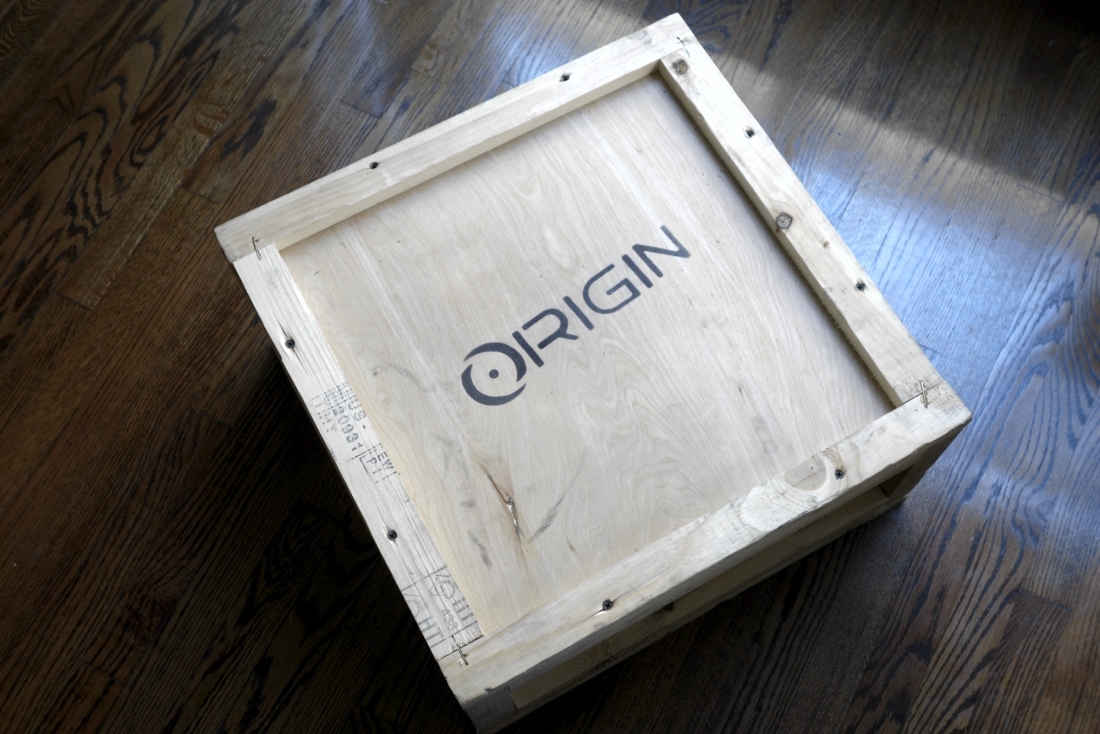

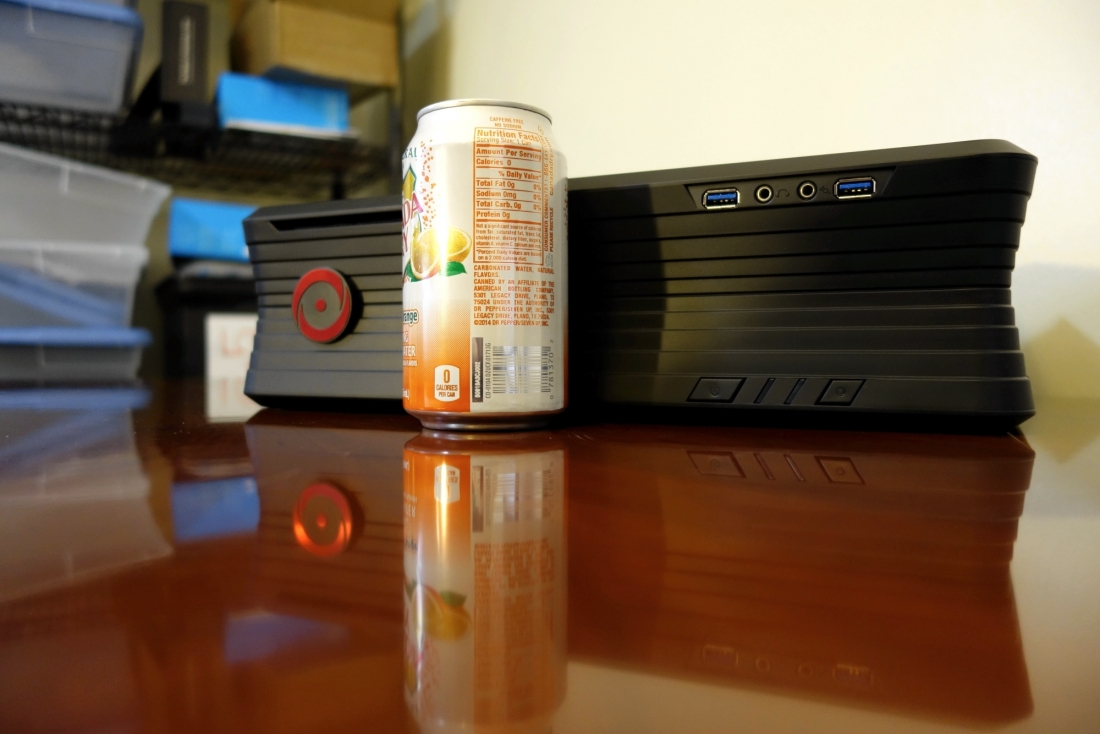
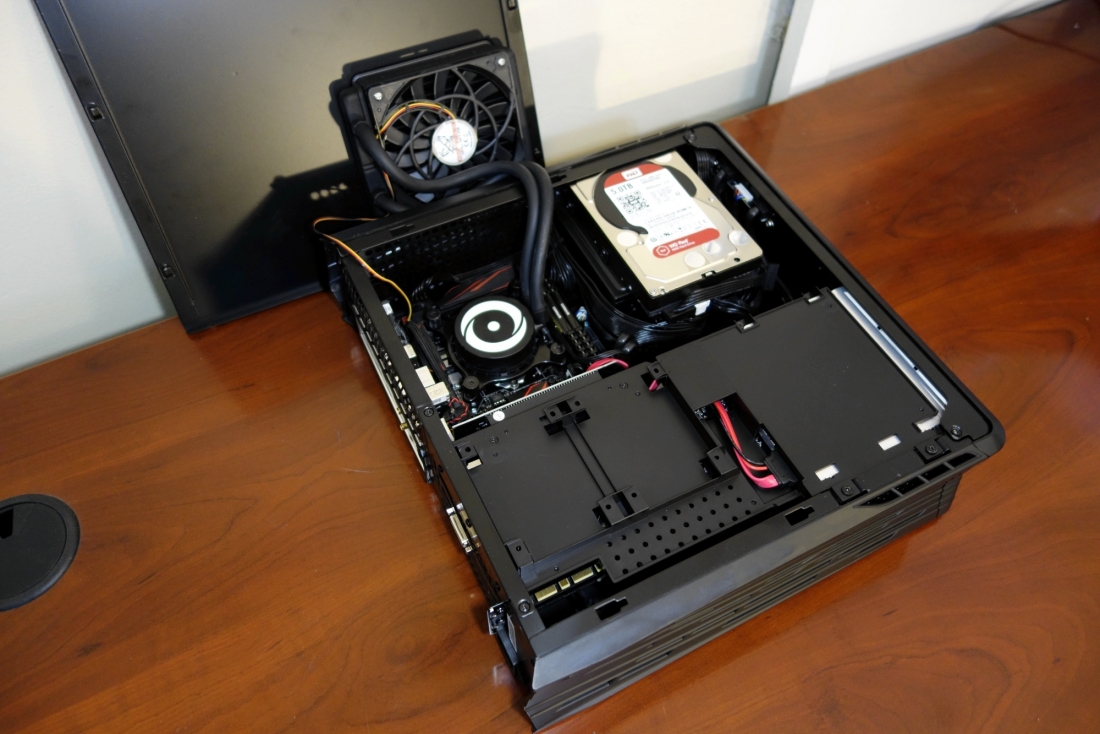
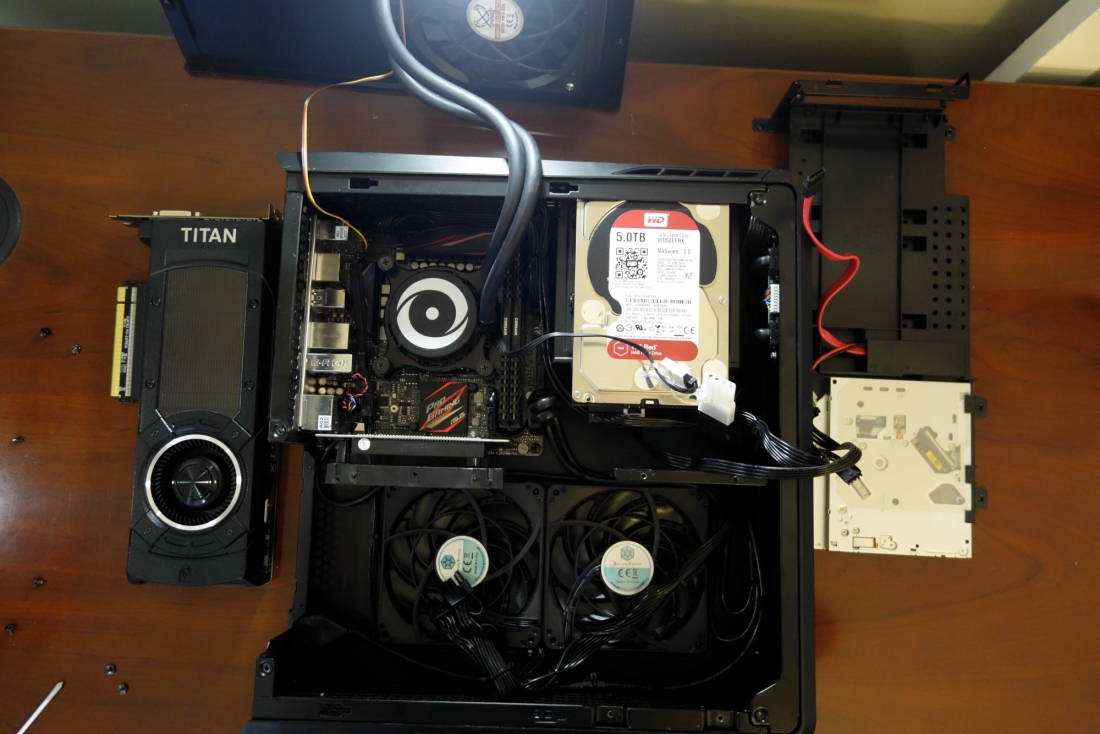
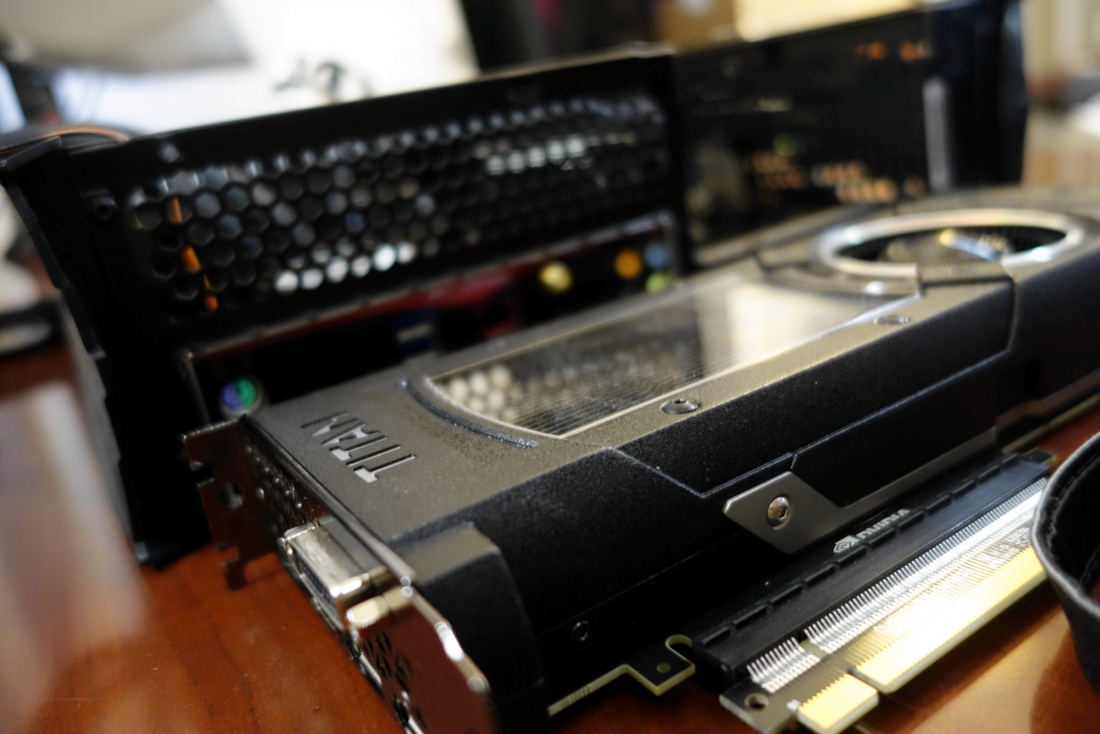


No comments:
Post a Comment